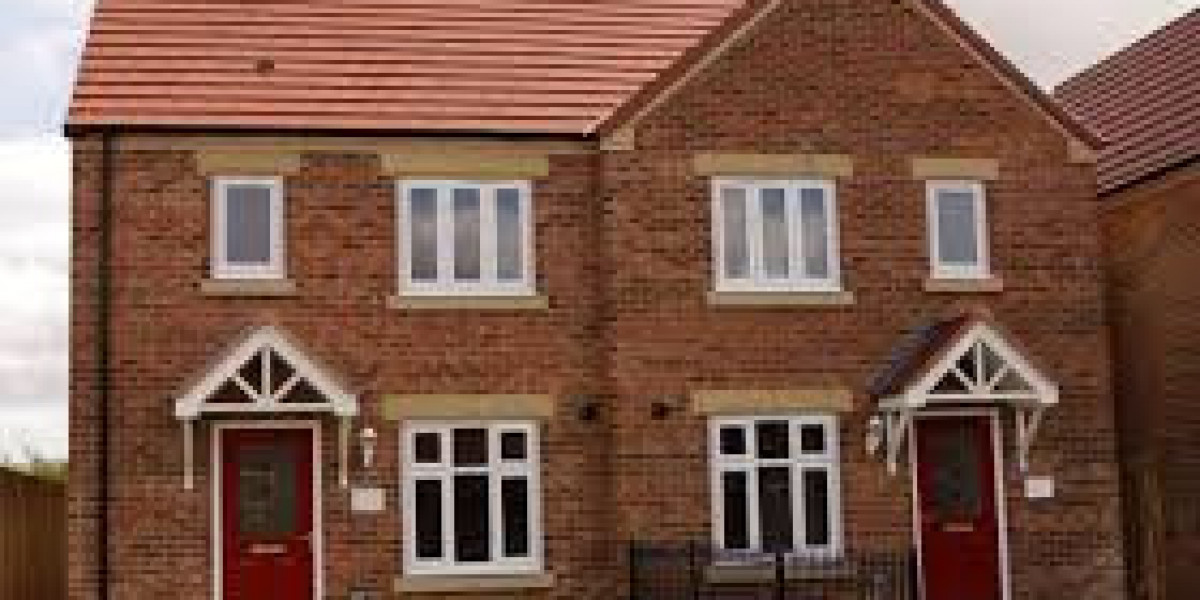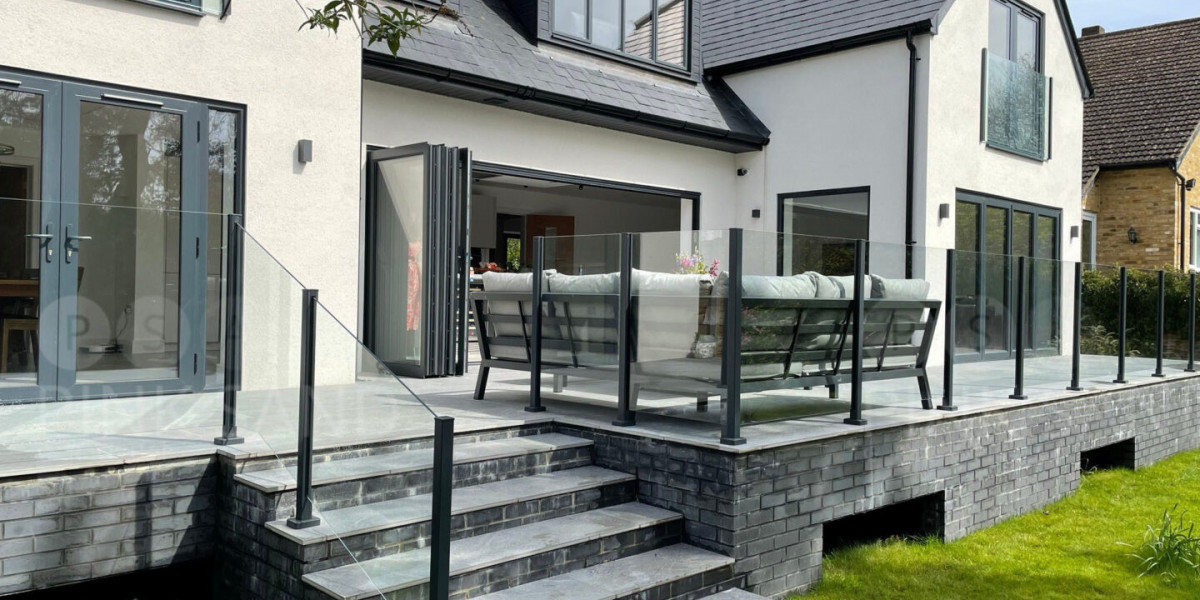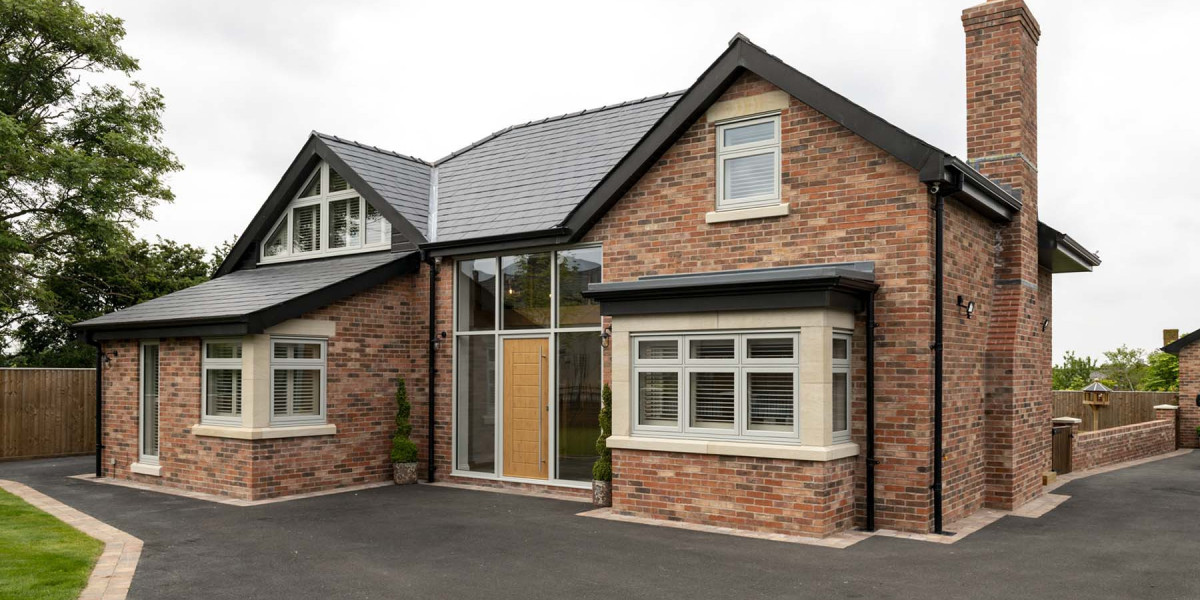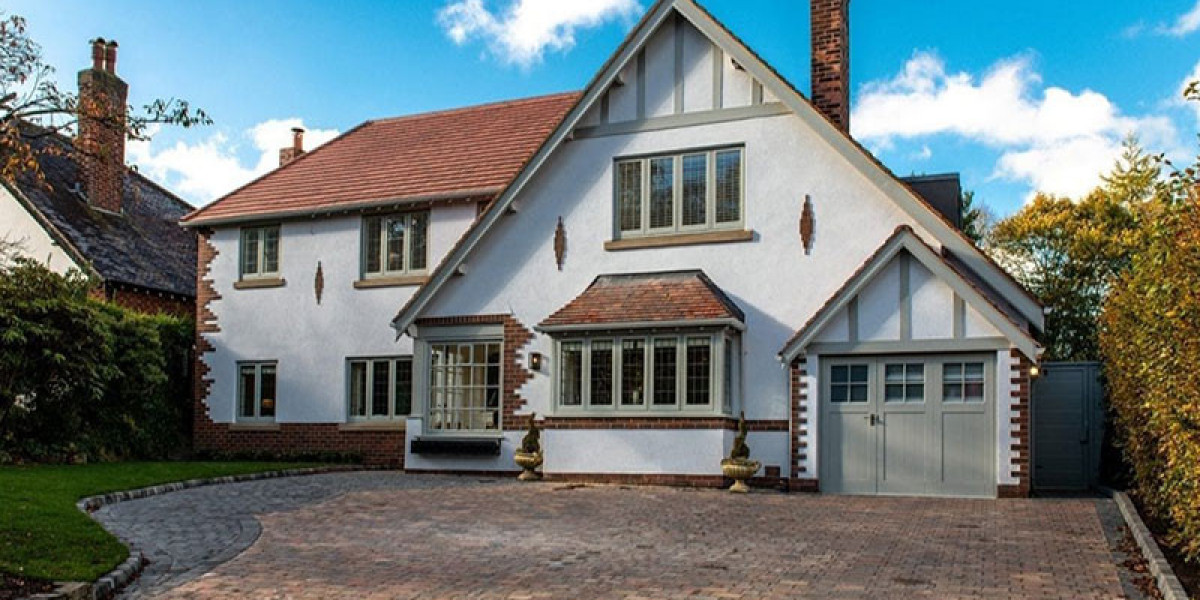
Abstract
Glass balustrades have emerged as a prominent feature in modern architectural design, combining aesthetic appeal with safety and functionality. This article explores the innovations in glass balustrade technology, their applications in various settings, and the benefits and challenges associated with their use. By examining the structural integrity, design versatility, and maintenance requirements of glass balustrades, we aim to provide a comprehensive overview of this contemporary architectural element.

Introduction
The use of glass in architectural design has gained significant traction over the past few decades. Among the various applications of glass, balustrades stand out as a critical component in ensuring safety while enhancing the visual appeal of spaces. Glass balustrades are commonly used in residential, commercial, and public buildings, serving as barriers for staircases, balconies, and terraces. This article delves into the technological advancements that have propelled glass balustrades to the forefront of modern architecture, as well as their practical implications in design and safety.
Historical Context
Historically, balustrades were constructed from materials such as wood, stone, or metal. The introduction of glass as a balustrade material began in the late 20th century, largely driven by the desire for unobstructed views and a modern aesthetic. The evolution of glass technology, including the development of tempered and laminated glass, has made glass balustrades a viable option for both safety and design. These advancements have allowed glass to be used in ways that were previously deemed impractical or unsafe.
Innovations in Glass Technology
The safety and durability of glass balustrades have been significantly enhanced by innovations in glass manufacturing. Tempered glass, which is heat-treated to increase its strength, is commonly used in balustrade applications. This type of glass is five to six times stronger than standard glass, making it resistant to impact and thermal stress. Additionally, laminated glass, which consists of two or more layers of glass bonded together with a plastic interlayer, offers improved safety features. In the event of breakage, laminated glass holds together, preventing shards from falling and reducing the risk of injury.
Moreover, advancements in coating technologies have led to the development of self-cleaning and anti-reflective glass. Self-cleaning glass uses a special coating that breaks down organic dirt and allows rainwater to wash it away, reducing maintenance efforts. Anti-reflective coatings improve visibility and reduce glare, making glass balustrades even more appealing in bright environments. These innovations not only enhance the functionality of glass balustrades but also contribute to the overall aesthetic of architectural designs.
Applications of Glass Balustrades
Glass balustrades are versatile and can be employed in various architectural contexts. In residential settings, they are commonly used for staircases, Website https://www.cake.me/me/jacob-gourd balconies, and pool enclosures. The transparency of glass balustrades allows for uninterrupted views of the surrounding landscape, creating a sense of openness and continuity between indoor and outdoor spaces. This is particularly beneficial in homes located in scenic areas, where the natural environment is a key element of the design.
In commercial architecture, glass balustrades are frequently utilized in shopping malls, office buildings, and public spaces. They serve not only as safety barriers but also as design elements that enhance the modern aesthetic of these environments. For instance, glass balustrades can be integrated into atriums and staircases, providing a sleek and contemporary look that complements other architectural features.
Public spaces, such as parks and waterfronts, also benefit from the use of glass balustrades. They can be installed along walkways and viewing platforms, allowing visitors to enjoy unobstructed views of their surroundings while ensuring their safety. The use of glass in these settings promotes transparency and connectivity, encouraging people to engage with their environment.
Benefits of Glass Balustrades
The advantages of glass balustrades are manifold. First and foremost, they provide an unobstructed view, which is often a primary consideration in architectural design. This feature is particularly important in locations with scenic vistas, where the visual connection to the environment is paramount.
Secondly, glass balustrades contribute to a modern and sophisticated aesthetic. Their clean lines and minimalistic design can elevate the overall look of a space, making them a popular choice among architects and designers. Furthermore, the ability to customize glass balustrades in terms of thickness, tint, and finish allows for a high degree of personalization to suit specific design themes.
Safety is another crucial benefit of glass balustrades. When constructed from tempered or laminated glass, they meet stringent safety standards and can effectively prevent falls. Additionally, glass balustrades can be designed to comply with local building codes, ensuring that they provide adequate protection without compromising on aesthetics.
Challenges and Considerations
Despite their many benefits, glass balustrades also present certain challenges. One of the primary concerns is maintenance, as glass can be prone to scratches and smudges, which may detract from its visual appeal. Regular cleaning and maintenance are essential to preserve the clarity and appearance of glass balustrades. However, advancements in self-cleaning technologies are helping to mitigate this issue.
Another challenge is the potential for thermal stress, especially in areas with extreme temperature fluctuations. While tempered glass is designed to withstand such conditions, it is essential for architects and builders to consider the specific environmental factors when designing glass balustrades.
Finally, the cost of glass balustrades can be higher than traditional materials, which may deter some homeowners and developers. However, the long-term benefits of durability, low maintenance, and aesthetic appeal often justify the initial investment.
Conclusion
Glass balustrades represent a significant advancement in architectural design, offering a blend of safety, functionality, and aesthetic appeal. As technology continues to evolve, the potential applications and benefits of glass balustrades are likely to expand further. By understanding the innovations, applications, and challenges associated with glass balustrades, architects, builders, and homeowners can make informed decisions that enhance both the safety and beauty of their spaces. As we move forward, glass balustrades will undoubtedly remain a key element in the evolution of modern architecture, contributing to the creation of open, inviting, and visually stunning environments.








